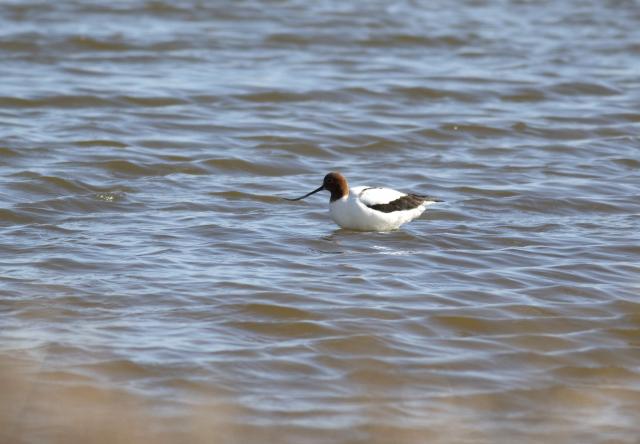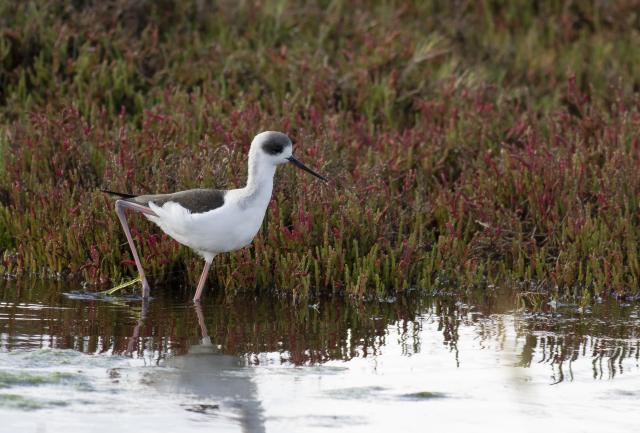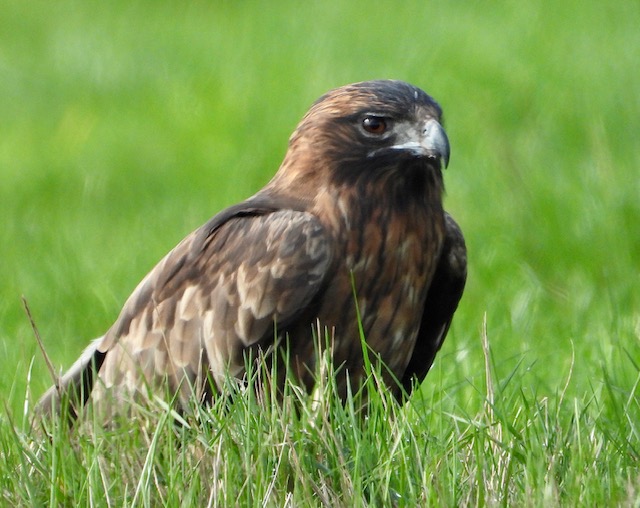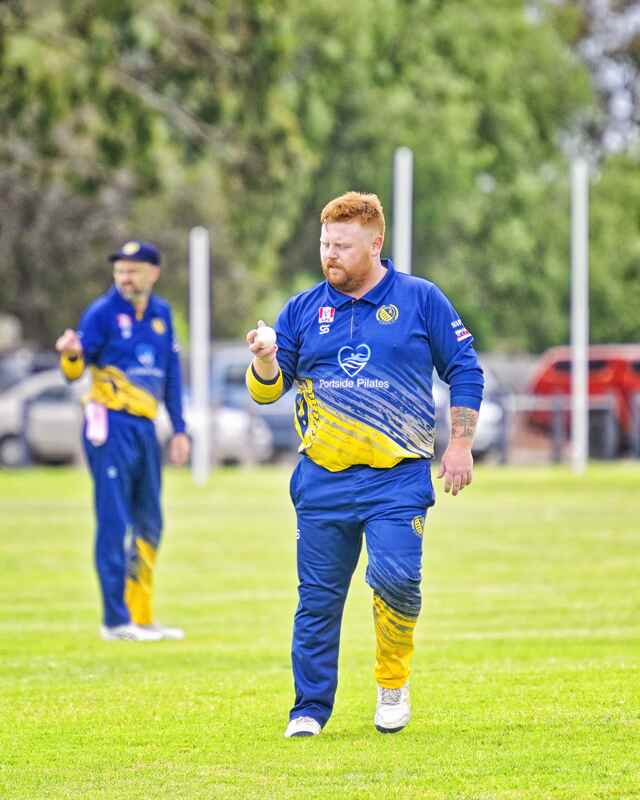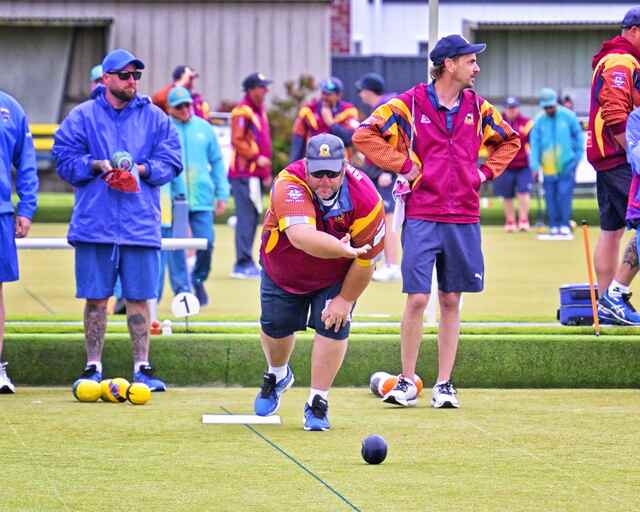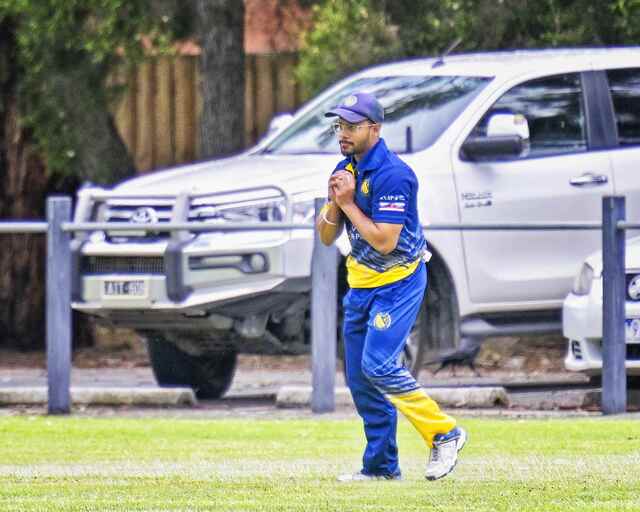It’s a great time of year to go birdwatching with some seasonal altitudinal movements of birds.
I mentioned in the last edition of the Voice that flame robins have not been seen as commonly around the Bellarine this time of year. I was driving along Madden’s Lane in Marcus Hill and in one of the farm paddocks there were at least 15 flame robins.
In the winter months flame robins form flocks and may move to lower and more open areas, including gardens. Some Tasmanian flame robins have been seen to fly to the mainland to escape the cold.
Regarding birds that move around, I drove around Point Henry on my way to work, and besides seeing good numbers of black-winged stilts there was a flock of red-necked avocets. These beautiful waders have a reddish-brown head and neck, a white eye-ring and a long, upturned, black bill.
These birds are highly nomadic and in the non-breeding season they can be seen in small flocks. There were around 20 black-winged stilts in the same pond at Point Henry as the avocets, including at least five juveniles.
It’s always nice to check out Point Henry as usually there are a few raptors there, and I wasn’t disappointed with a pair of nankeen kestrels and a brown falcon seen.
I also spotted a female nankeen kestrel sitting on the roof of Bunnings in Leopold. The females have a rufous crown, whereas males have a grey crown.
Kestrels can also be nomadic and have been known to move north in the winter months.
I received an email from Andrea, who is the former organiser of the Friends of the Bellarine Hooded Plovers. Andrea went to the Bellarine Basin for the Murrk Ngubitj Yarram Yaluk open day.
This area in Wallington is being transformed into around 30 hectares of environmental and public open space. Andrea told me that one of the wedge-tailed eagle pairs that live around the Bellarine Peninsula have constructed two nests at the basin, in pine trees which fortunately have not all been removed.
Hopefully the eagles will remain in that habitat despite all the rehabilitation work that is being undertaken.
I received an email from Carole who spotted a raptor in a paddock near Lake Lorne which was correctly identified as a juvenile swamp harrier. Juvenile birds are hard to identify at times.
Adult swamp harriers are lighter brown in plumage and have yellow eyes, whereas this bord was dark brown in plumage with dark brown eyes.
Another photo of the bird that Carole took revealed the characteristic white rump. Carole was also amazed at the amount of bird species that she viewed, especially water birds at Lake Lorne, so it’s well worth a visit.
Carole remarked that she thought that the noise of gunfire may have sent a lot of birds to the non-game reserve wetlands.
Voice editor Justin has been houseboating at Renmark in the Riverlands on the mighty Murray River, where he spotted a variety of birds, including great egrets, purple swamphens, black kites and Australian white ibis. The highlight was seeing around a dozen emus one morning.

